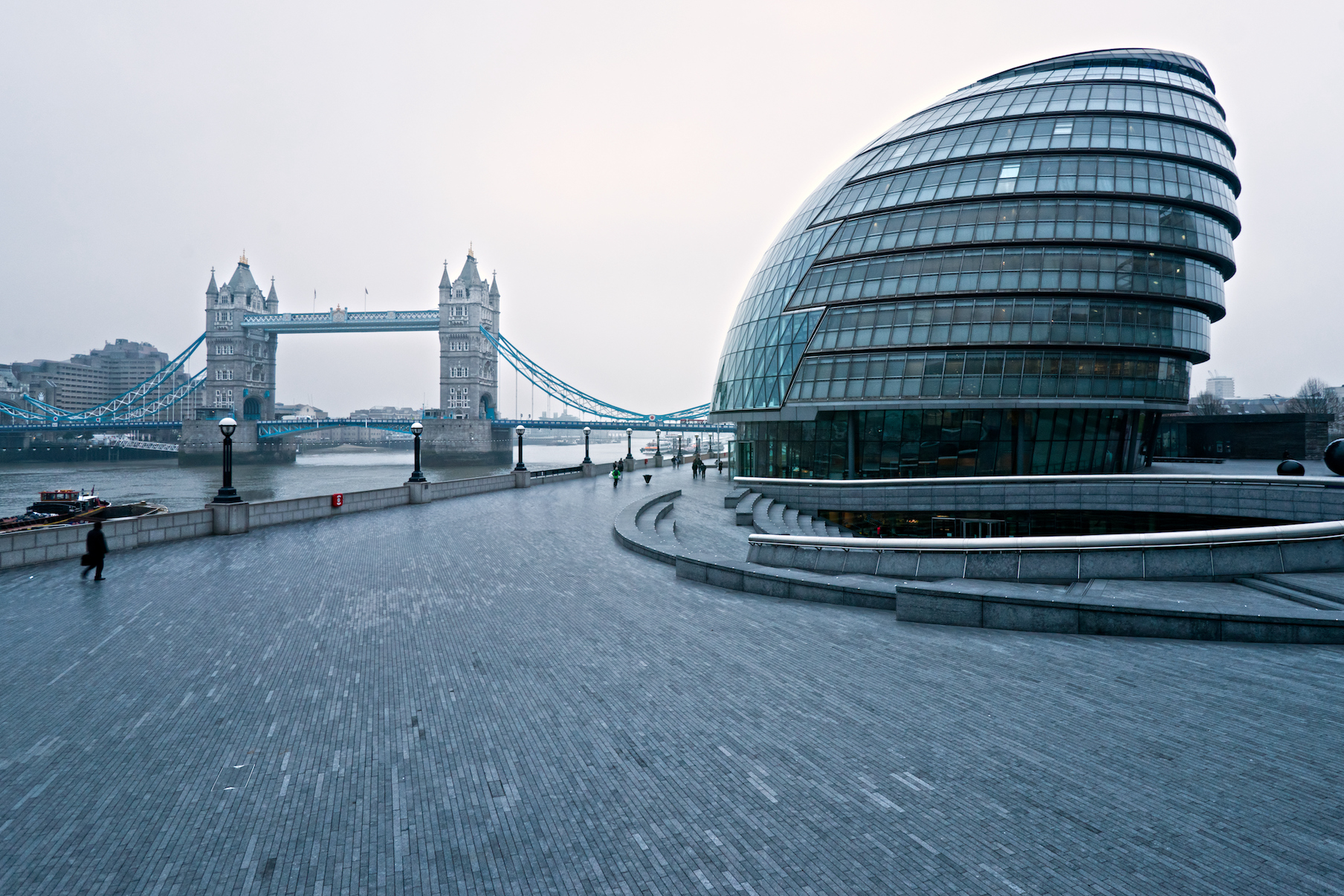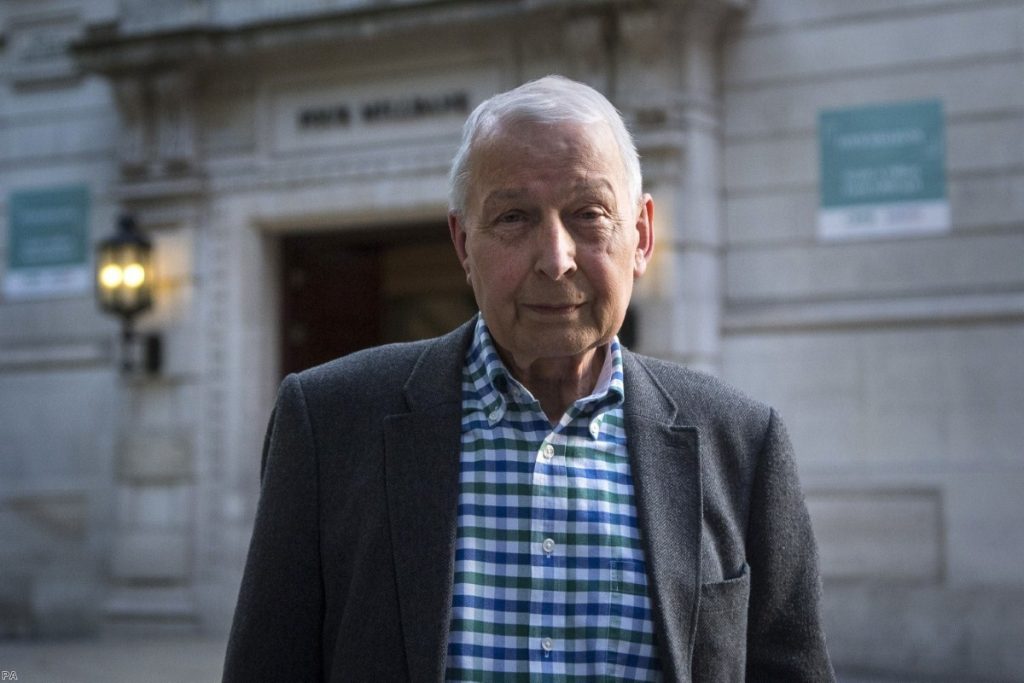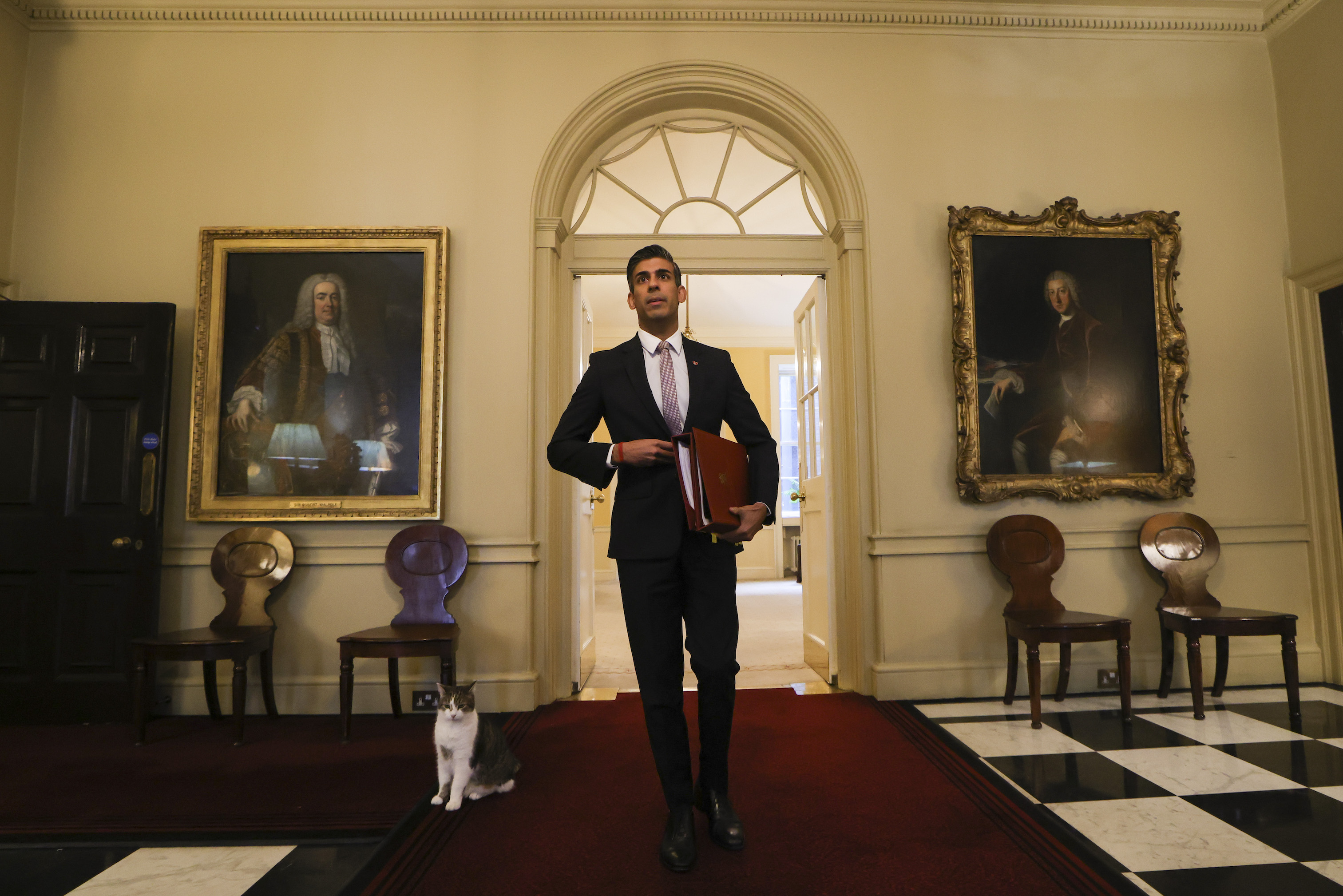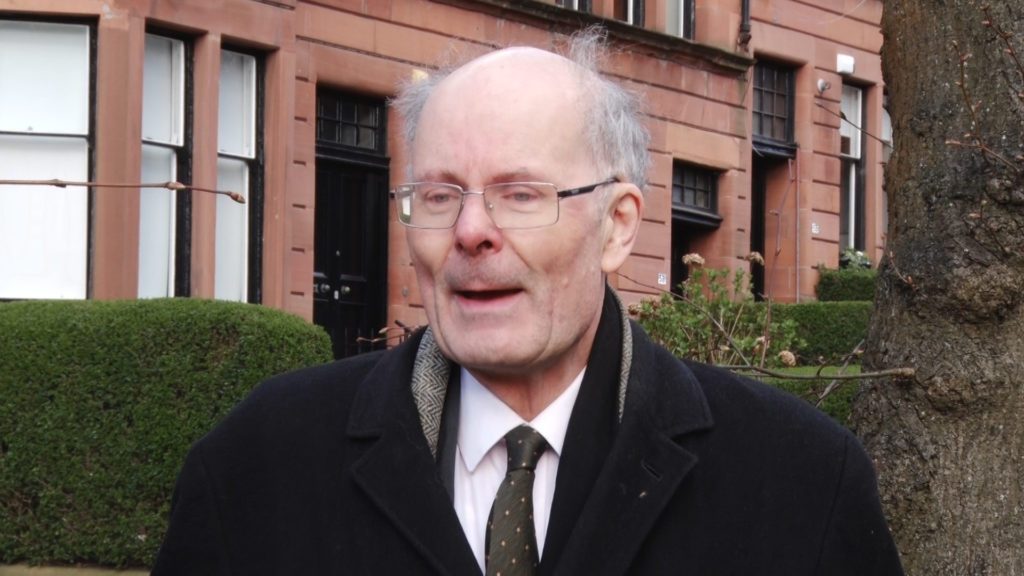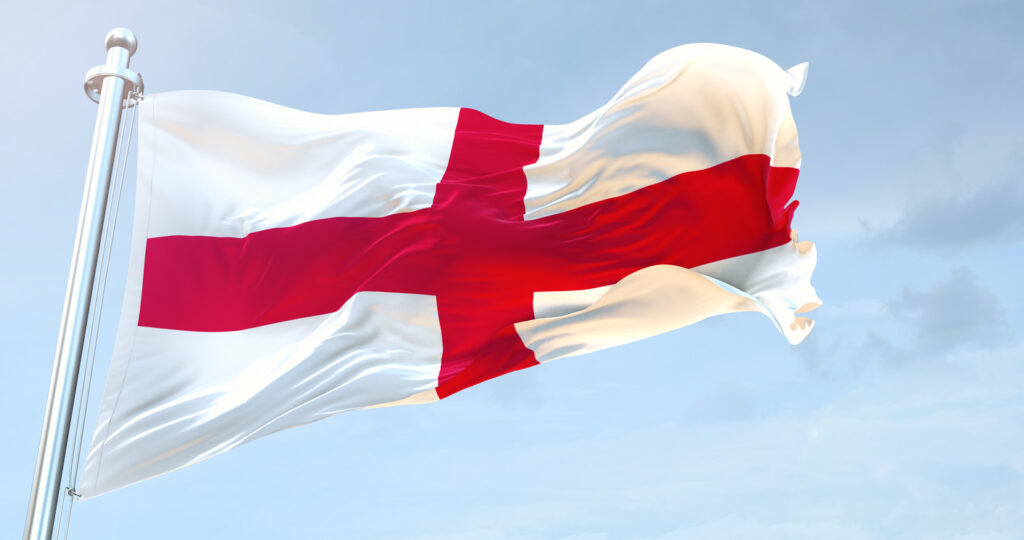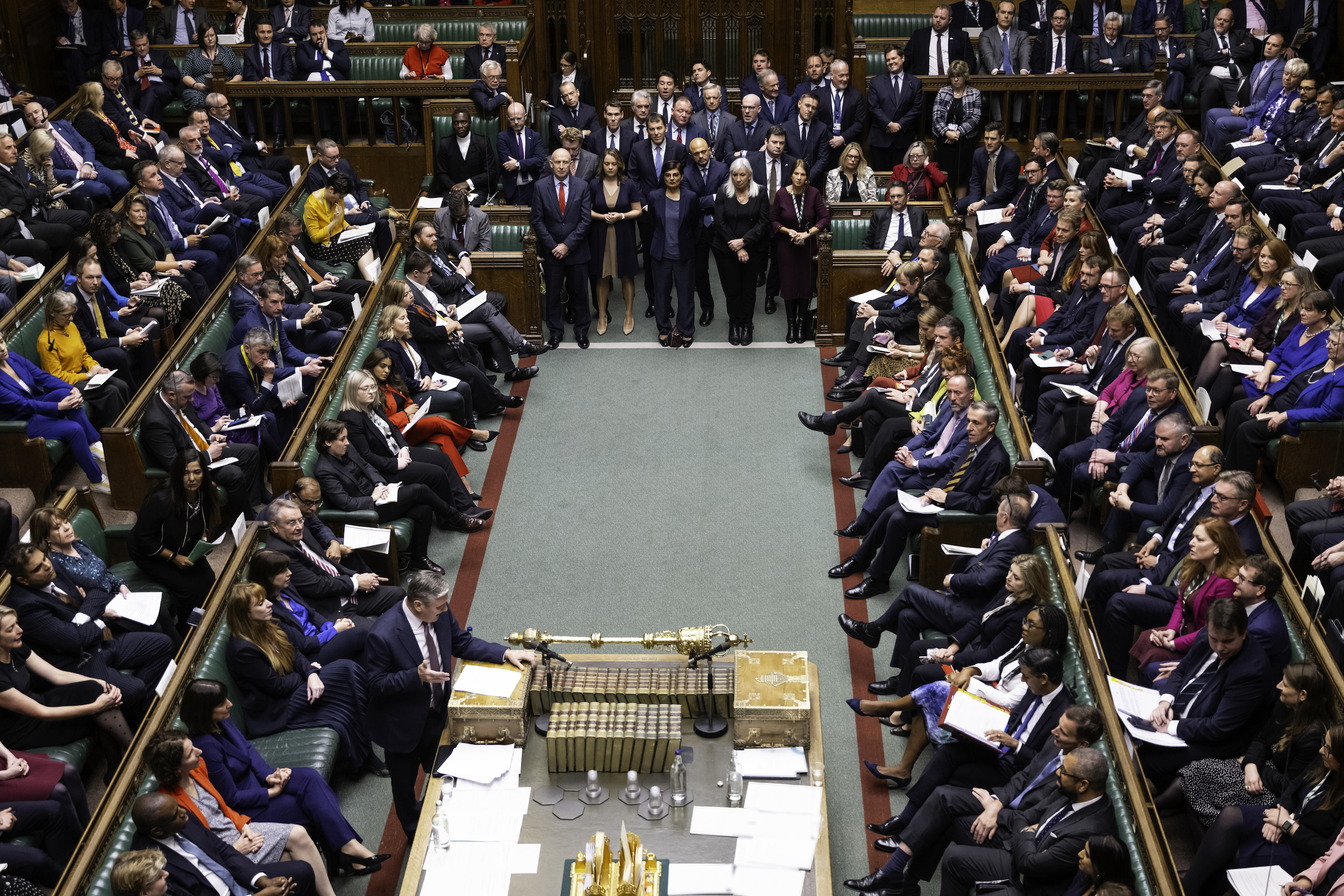How much does the Open University Cost
In 2021, a full time Honours degree at the Open University typically took 3 years to complete and cost £6,192 in total. This amounted to an annual cost of £2,064. A part time honours degree, cost the same in total, but took 6 years to complete at an annual cost of £1,032.
The fees charged by the Open University are significantly cheaper than the tuition fees charged by most of the UK’s ‘on campus’ universities.
If someone’s personal income is below £25,000, or they are in receipt of certain benefits, they could qualify for a Part-Time Fee Grant and top-up funding that can cover up to 100% of module fees.
Reflecting the position of the Scottish Government in relation to tuition fees, most Open University students in Scotland study for free, with the Part-Time Fee Grant.


What is the Open University?
The Open University is the UK’s largest university, and differs from other higher education institutions in that its courses are designed to be studied primarily by distance learning – that is, by people studying from their homes or workplaces, in their own time.
Open University (OU) courses are open to anyone, regardless of educational qualifications, and since it opened in 1971, it has educated over 2.2 million students.
In 2021, the Open University contained 168,167 students, and was one of the largest universities in Europe.
Courses use a range of teaching media – specially-produced textbooks, TV and radio programmes, audio and video tapes, computer software, online, and home experiment kits. Personal contact and support comes through locally-based tutors, a network of regional study centres in the UK and overseas and annual residential schools.
The Open University offers around 570 courses in arts, modern languages, social sciences, health and social welfare, science, mathematics and computing, technology, business and management, education and law.
Like most conventional degrees, OU undergraduate courses take three years of full-time study. However, most students study at half the full-time rate, combining their studies with work or family or other commitments. The average time taken for students to complete OU undergraduate courses is six years.
Former Prime Minister, Gordon Brown, as well as the actress and Labour MP, Glenda Jackson, both previously tutored for the Open University.
In the financial year to June 2020, the Open University had a turnover of £474.1 million.
History
Ideas about the potential of using broadcast media for educational purposes had been in circulation as early as 1926, when the historian JC Stobart proposed a “wireless university” to the BBC.
By the early 1960s, the idea was extremely popular in left political circles, although the conservative academic world was highly sceptical. In March 1963, a Labour party study group, chaired by Lord Taylor, produced a report warning of the exclusion of large parts of the population from higher education and proposing an experimental “University of the Air” employing television and radio.
Although the idea did not feature in Labour’s 1964 election manifesto, the prime minister, Harold Wilson, regarded it as a personal project.
Wilson appointed Jennie Lee, the minister for the arts, responsible for the plan after the election. She rejected plans developed under the previous Conservative government for a “college of the air”, insisting that it must be a university. Her work led to the February 1966 white paper, “university of the air”, and plans for the new institution were included in Labour’s 1966 manifesto. Although Harold Wilson’s support was critical, it is widely agreed that Baroness Lee’s work shaped the new institution as it came into being.
Following Labour’s 1966 election victory, in September 1967, a cabinet planning committee was set up “to work out a comprehensive plan for an open university”. The name “university of the air” had been dropped, due to media ridicule of the idea of people obtaining degrees by watching TV and Baroness Lee’s personal hostility to it. Many continued to oppose the idea, with the Iain Macleod MP famously describing the plans as “blithering nonsense”.
Prospectuses were published in 1969 (before the courses were prepared), and by mid-1970 it was clear that there was enough interest for the OU to succeed. An annual intake of 25,000 students had been intended by Wilson, but the election of Edward Heath’s Conservative government that year led to this being cut. The first OU students began to study in 1971.
By the end of the 1970s, the OU was firmly established as a respected educational institution, with 70,000 students and 6,000 graduating each year. Since then, the OU has been at the forefront of the educational application of new technology, from video, through the advent of personal computers, to the internet. Today the OU supports the largest online academic community in the world where some 400,000 users and students are engaged in more than 96,000 electronic conferences.
Around 15,000 research publications are freely available to view via Open Research Online, the University’s publicly-available research repository.
In August 2008 the Open University launched a YouTube learning channel with over 300 videos covering subjects from arts and history to science and nature. By October 2012, the channel was reported to have hit 10 million views making it the most viewed university channel in Europe.
The OU was also the first British university to join the iTunes University – iTunes U.
Controversies
The Open University is widely regarded as a success, insofar as it has achieved its objective of widening access to higher education to all, regardless of background or previous educational qualifications.
Some regretted the use of “university” in the title at its founding, on account of the middle class values it represented. Initially, the OU and Baroness Lee were widely resented by the adult education system, the Workers’ Educational Association and local education authorities, which Harold Wilson’s original vision had put at the heart of his idea.
However, the expansion of higher education in the 1980s and 1990s largely undermined that position. In addition the OU’s open admissions policy has enabled thousands of students to embark on undergraduate study without the entry qualifications demanded by conventional universities.
Many students are able to fit study around family and work commitments with help from employers. Currently (2012) the OU engages with more than 30,000 organisations and their subsidiaries, in the UK and worldwide, both in the private and public sector
Statistics
72% of directly-registered OU students work full or part-time during their studies
26% of OU UK undergraduates live in the 25% most deprived areas
34% of new OU undergraduates are under 25
30,791 students declaring a disability studied with us in 2019/20.
33% of students had one A level or a lower qualification at entry.
77 FTSE 100 companies have sponsored staff on an OU course..
[Source – Open University website, 2021]
Quotes
“By publishing our content in popular sites like YouTube, we’ve been able to reach a huge global audience. With our videos views having increased by 100% in the last year, it’s great to know we’ve been able to reach even more people who have an interest in learning.”
Laura Dewis, Head of Online Commissioning at The Open University – 2012
“I’m absolutely delighted that our students have given us this accolade. Their responses show that The Open University’s combination of flexible study, world-class teaching and individually tailored support, backed by 6,500 associate lecturers, continues to provide students with the best possible experience of higher education.”
Martin Bean, Vice-Chancellor of The Open University, responding to news that the Open University had outperformed all other universities to be highest rated in overall student satisfaction in the National Students Survey 2012.









